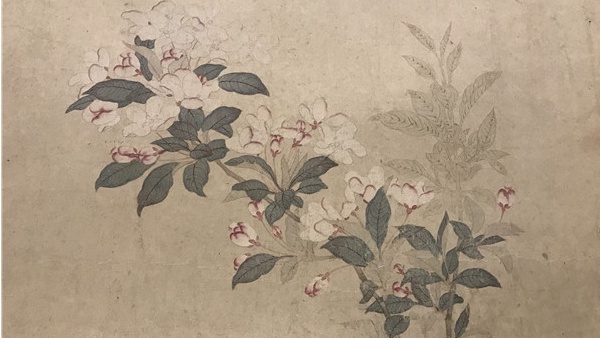
Zhao Mengfu (1254-1322), who was a Song Dynasty (960-1279) royal, made a controversial move to switch loyalties to the Yuan Dynasty (1271-1368). But that is not his claim to fame.
He is better known for his contribution to Chinese painting and calligraphy as visitors to the Paintings and Calligraphic Works of Zhao Mengfu, an ongoing exhibition at the Palace Museum in Beijing, will testify.
The exhibition features 102 works from the museum and other key institutions around the country like Shanghai Museum and Liaoning Provincial Museum in Shenyang.
According to Wang Qi, deputy director of the calligraphy and painting department at the Palace Museum, 48 of the exhibited works were done by Zhao and the rest are either works from which Zhao learned or were done by his students or followers in later dynasties.
"They (the works) give a panoramic view of his art as well as his influence," he says.
The exhibits thus have a wide time frame-from the Tang (618-907) to the Qing (1644-1911) dynasties.
Wang says Zhao is a unique figure in Chinese fine art history.
"Zhao was very versatile. He was skilled with different types of scripts in calligraphy: regular, cursive, official and running."
In the painting field, Zhao developed a series of art theories. He advocated freer expression and a closeness to nature, in contrast to the later Song painting style emphasizing a rigid and accurate portrayal of objects.
"His themes are many. He did landscapes, figures, flowers and birds and bamboo," says Wang.
The horse is a popular theme in Zhao's paintings.
For example, Watering Horses in Autumn Suburbs, which is on display, depicts an official's excursion in autumn, and is probably Zhao's most recognizable painting.
It has bright colors and features techniques from calligraphy.
Arhat in Red, an exhibit on loan from the Liaoning Provincial Museum, is another of Zhao's works on show. It is considered to be a good example of the portrayal of human expression.
Among his students featured at the exhibition is Huang Gongwang, who did the iconic Dwelling in the Fuchun Mountains.
Zhao's influence can also be seen in many other major Yuan Dynasty painters' works, which are on show.
Dong Qichang, a Ming Dynasty (1368-1644) painter, attributed much of his inspiration to Zhao.
Meanwhile, Wang Lianqi, a scholar from the Palace Museum who studies Zhao, says: "It's unfair to connect Zhao's political views and his art."
"Also, the reason some people criticize his calligraphy is because there are so many forgeries."
The exhibition has a section juxtaposing Zhao's works with the fakes.
One exhibit shows a facsimile of Lanting Xu, an iconic calligraphy piece from 353 AD, and a copy.
Speaking about Zhao's life, Wang Lianqi says that though he was a high-ranking official in the Yuan Dynasty, Zhao quit and returned to his hometown in today's Huzhou, in Zhejiang province, saying he was sick.
And many of his later paintings show that he opted for a hermit-like existence in his later years.
Giving details of the exhibition space, Shan Jixiang, director of the Palace Museum, says that ancient furniture, stationery and bonsai are used to decorate the hall.
"We want visitors to feel they are stepping into Zhao's time."
Shan also says that the most comprehensive catalog of Zhao's works, which include his calligraphy and paintings in both Chinese and overseas museums, is to be released at the ongoing exhibition.
If you go
8:30 am-5 pm, Mondays closed, through Dec 5 (rotation in two phrases); the Hall of Martial Valor (Wuying Dian), the Palace Museum, Beijing.



